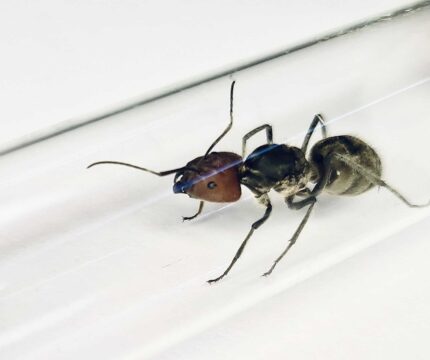
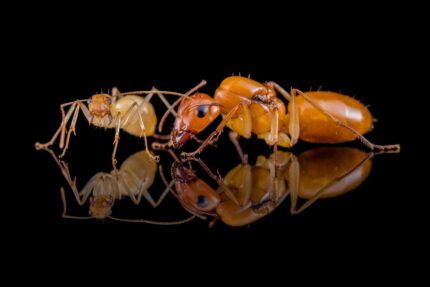
Camponotus substitutus
299,90 zł – 399,90 zł
Worldwide shipping
Free delivery over 500 PLN
The highest quality of goods
Live delivery guarantee
24/7 Personal Support
Fair Prices
Description
For Camponotus substitutus ants, it is important to provide a suitable nest setup made of acrylic or plaster. The ideal nest should have multiple chambers and tunnels for the ants to explore and establish their nests. The “Ant Farm” style setup is a popular option, made of plastic or glass, offering excellent visibility and insulation.
Additional information
| Behavior | |
|---|---|
| Difficulty in breeding | |
| Origin | |
| The size of ants | |
| Wintering |
Introducing Camponotus substitutus: Care and Observation of a Captivating Ant Species
Colony Type: Monogyny
Colony Size: Up to 5000 workers
Development Speed: Fast
Size and Color:
- Queen: 15-17 mm
- Workers: 6-9 mm
- Majors: 9-11 mm
Color: Dark Brown
Nutrition:
- Food insects (such as cockroaches and crickets) dead, or live if colony is big
- Syrup (a mixture of water and honey or sugar, with a ratio of 4/3 water:1)
- Fruits and vegetables
- Jelly
- Cooked chicken without salt, shrimps
- Honey
Humidity and Temperature:
- Humidity: Arena: 40-60%, Nest: 50-60%
- Temperature: Arena: 22-28 °C, Nest: 22-26 °C
Feeding Camponotus substitutus
Camponotus substitutus have a diverse diet, which includes different types of insects, nectar, and honeydew. To meet their nutritional needs, it is important to offer them a varied diet. We recommend providing a combination of live insects, such as fruit flies and mealworms, as well as liquid or gel-based food sources like sugar water or ant-specific diets. This ensures that the ants receive a balanced and nutritious diet.
Observing Camponotus substitutus
One of the fascinating aspects of Camponotus substitutus is their unique size and coloration. These ants are quite large, with workers ranging from 6 to 16 mm in length, making them easily visible within the nest. What’s more, they come in various color variations, from black to reddish-brown, adding visual interest to their habitat. Observing these ants in their natural habitat can be a captivating experience.
Behaviors of Camponotus substitutus
Camponotus substitutus exhibit a range of interesting behaviors that can be observed and studied in a captive setting. They are known to be diligent workers, tirelessly foraging for food and carrying it back to their nests. These ants also exhibit a hierarchical social structure, with different castes of ants having specific roles and responsibilities within the colony. Witnessing how each ant contributes to the functioning and success of the colony can be truly captivating.
Creating a Suitable Nest
Creating a suitable nest for Camponotus substitutus requires careful attention to detail. It is important to provide them with an appropriately sized nest, as well as maintain optimal temperature and humidity levels. This can be achieved through the use of nest boxes or formicariums specifically designed for these ants. By ensuring the ants’ habitat meets their needs, you can promote their health and well-being.
In conclusion, Camponotus substitutus are a captivating species of ants that offer unique observations and care experiences. By providing a varied diet, suitable habitat materials, and attention to their behaviors and nesting needs, you can enjoy witnessing the impressive foraging abilities and cooperative behaviors of these ants. For more information on ants and ant-keeping, visit [https://antontop.com/ants/](https://antontop.com/ants/).


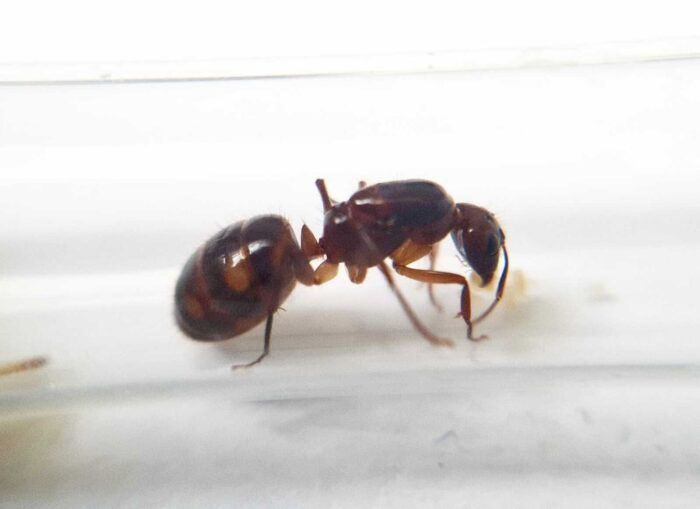
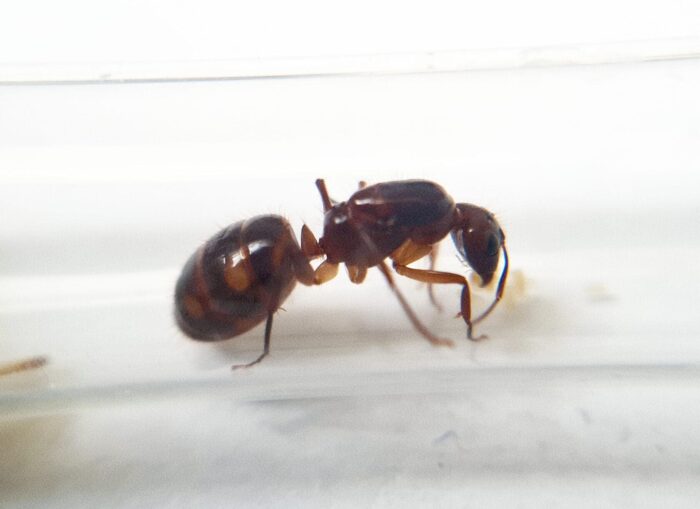
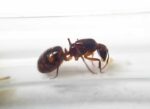
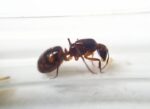
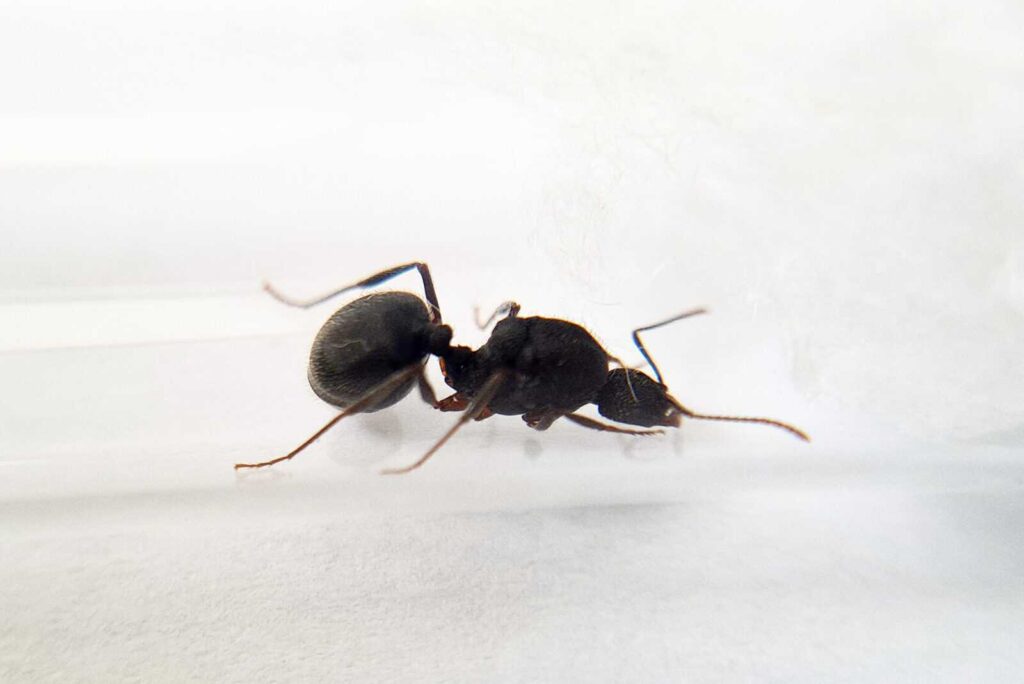
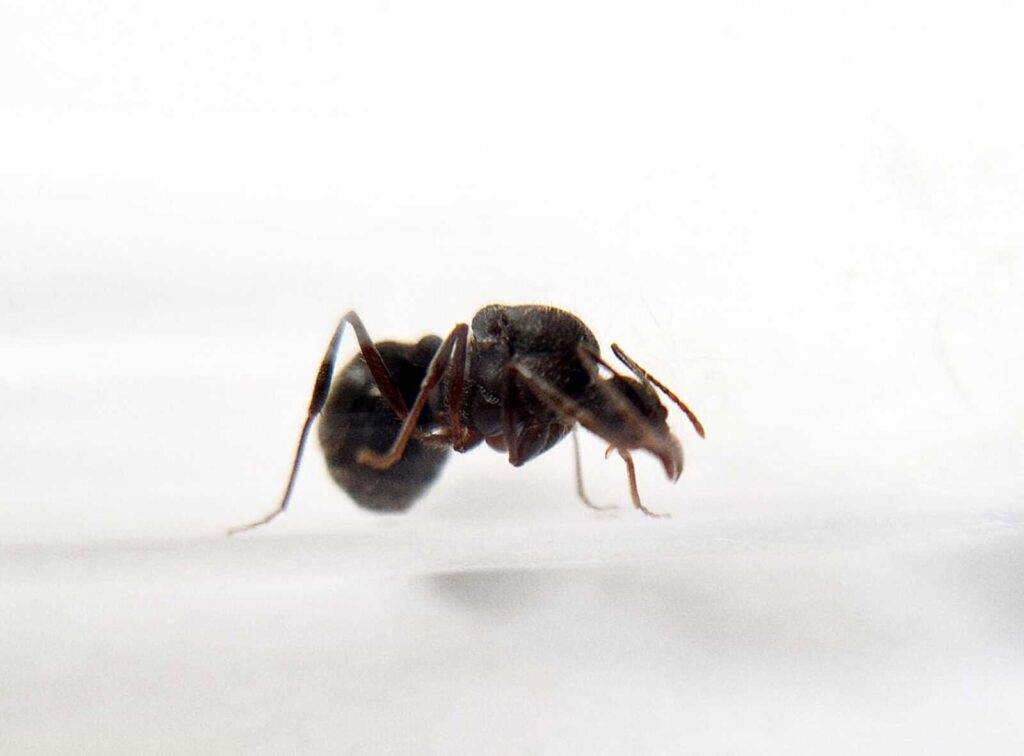
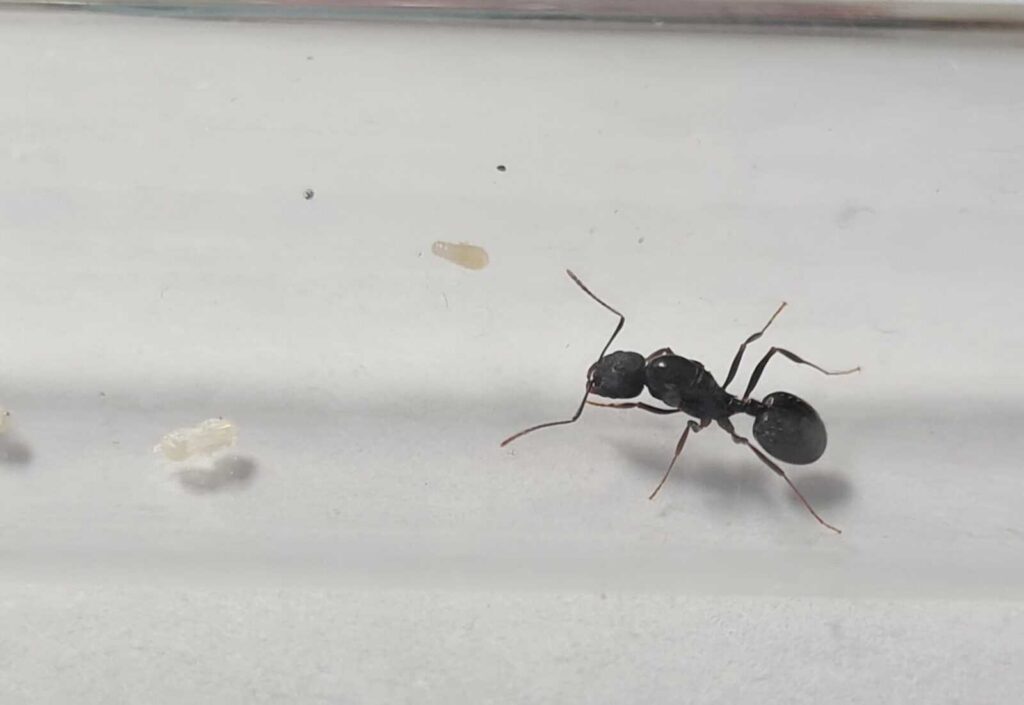
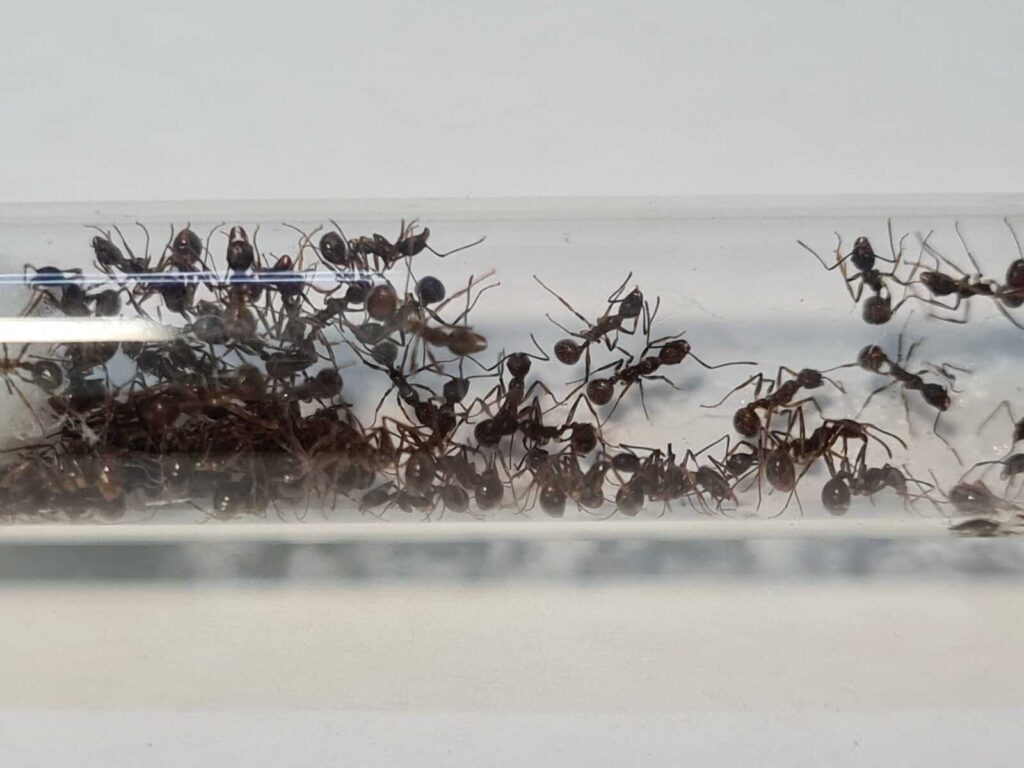
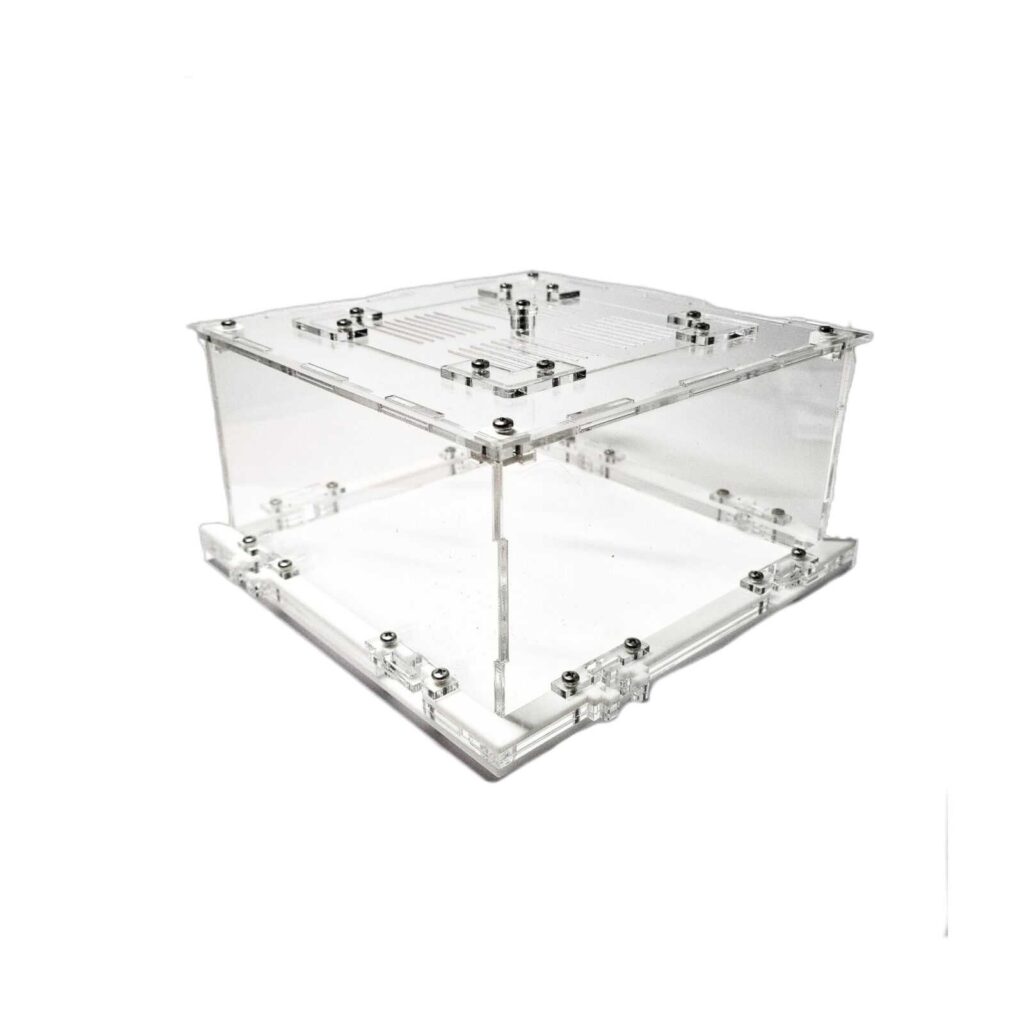
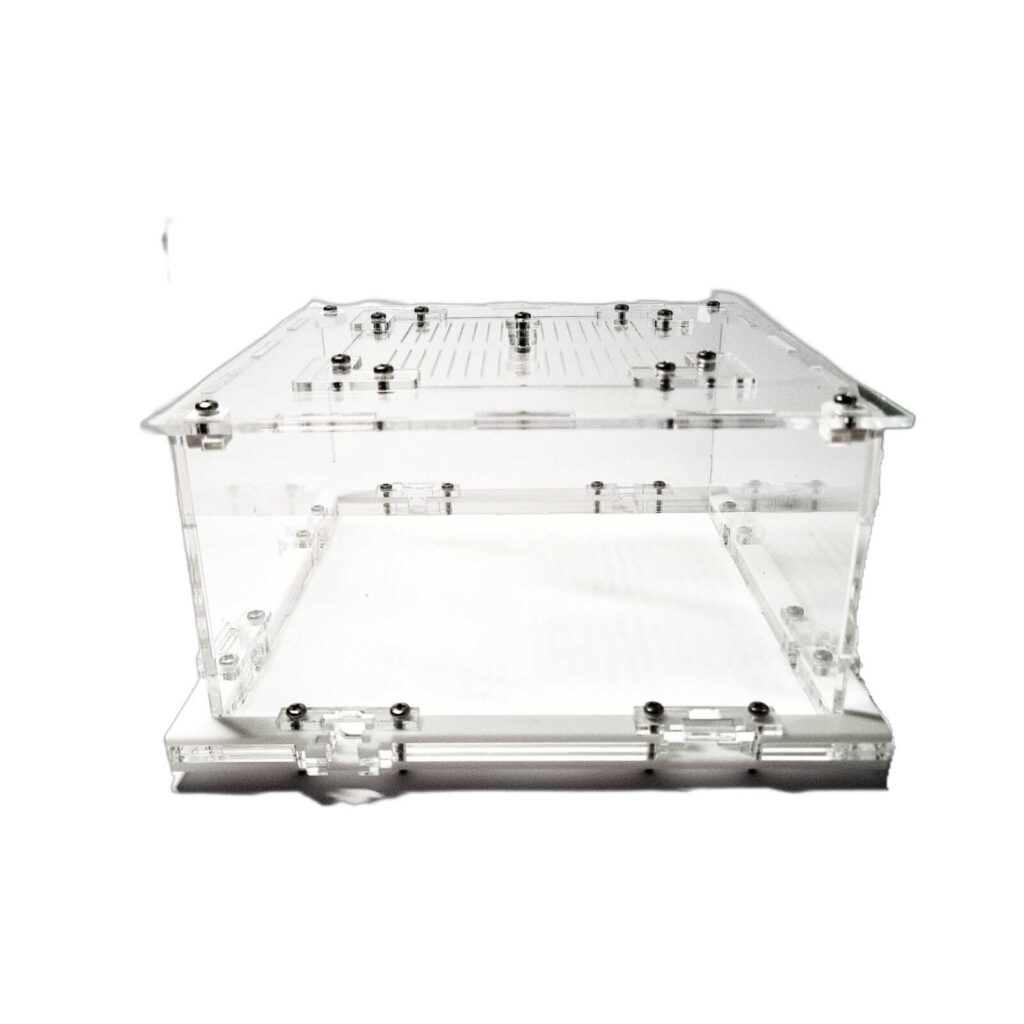
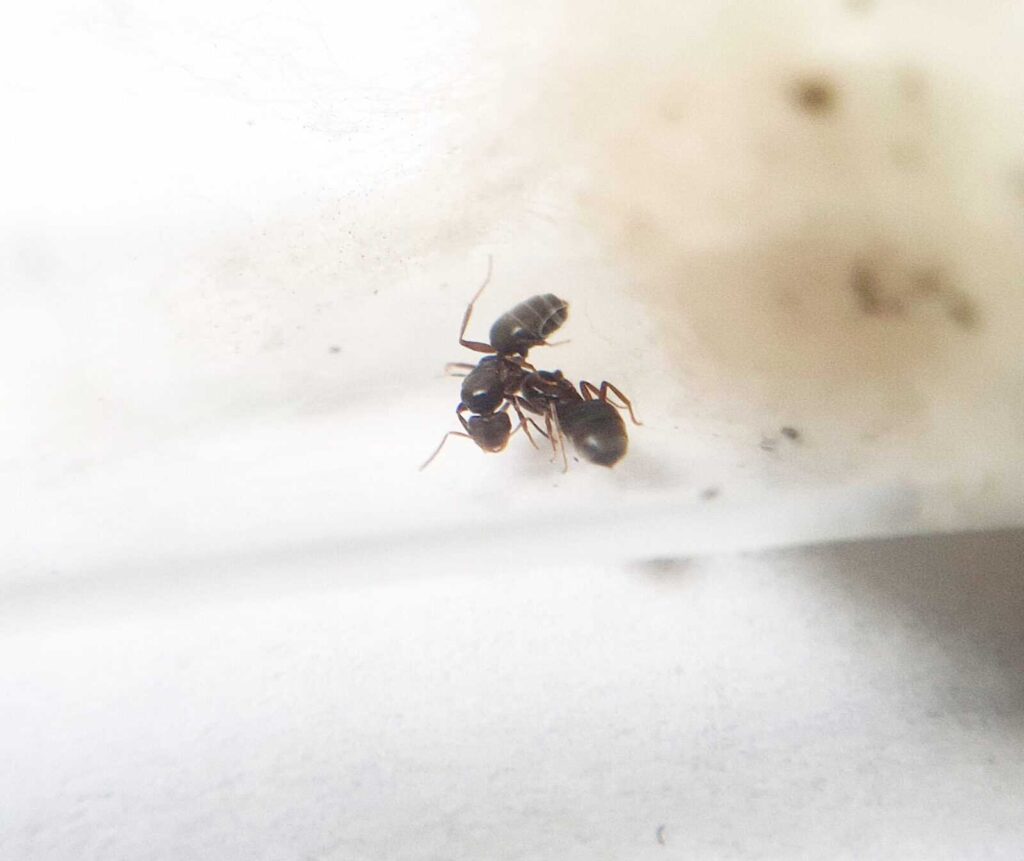
There are no reviews yet.